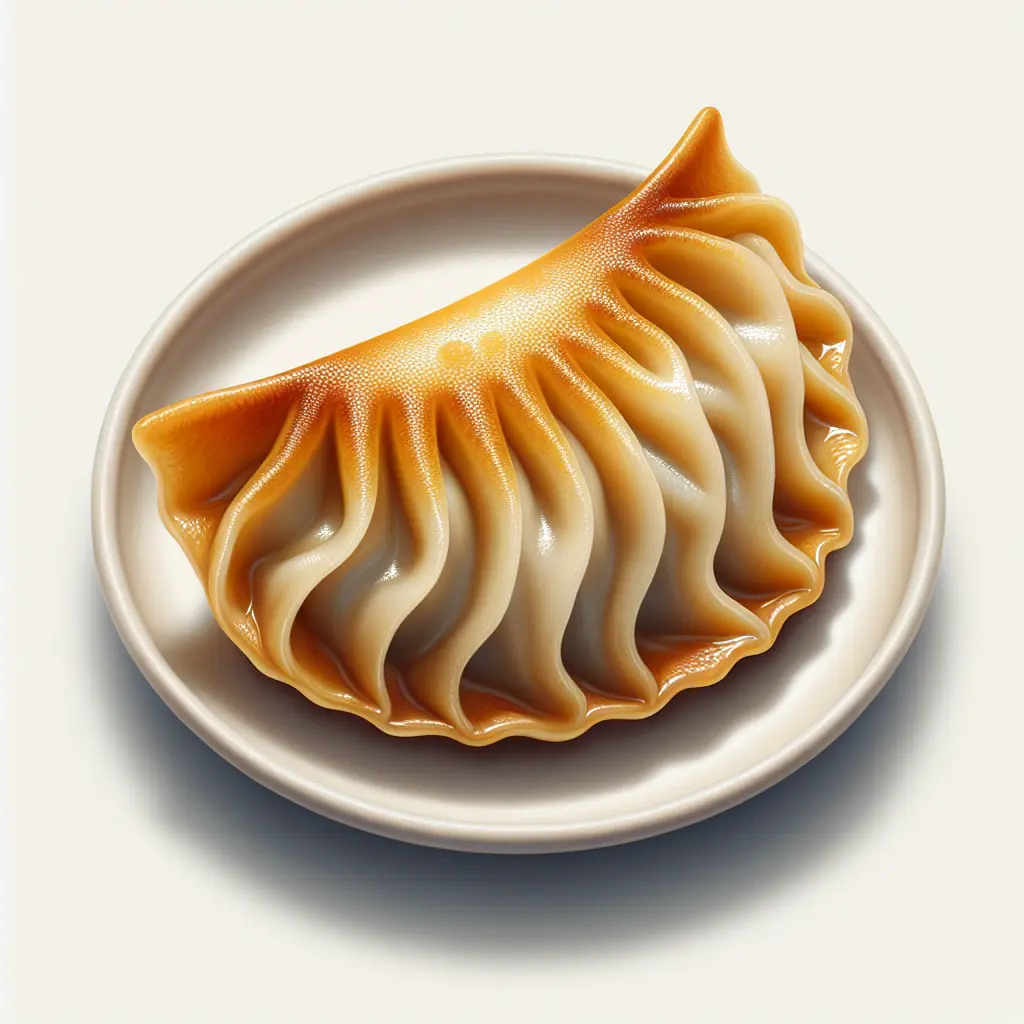Potstickers: A Culinary Symphony
Potstickers, often referred to as dumplings or jiaozi, are a culinary delicacy with a rich history and global appeal. Originating in China, these bite-sized pockets of dough have evolved into a diverse array of regional variations, each with its unique flavors and cooking methods.
The hallmark of a potsticker lies in its intricate preparation. The thin, pliable dough is meticulously wrapped around a savory filling, often consisting of a mixture of ground meat, vegetables, and seasonings. The dumplings are then pan-fried, creating a delightful contrast between the crispy exterior and the tender, juicy interior. The result is a symphony of textures and flavors that tantalize the taste buds with every bite.
Nutritional Profile
Potstickers not only offer culinary delight but also provide a balanced nutritional profile. A single piece contains approximately 79 calories, making them a relatively low-calorie snack or appetizer. They are a good source of protein, with 3.5 grams per piece, essential for muscle growth and repair. The fat content of 3.8 grams provides energy and supports hormone production. Carbohydrates, at 7.4 grams, provide the body with its primary source of energy. Potstickers also contain a modest amount of fiber (0.5 grams) and sugar (0.4 grams).
Cultural Significance
Potstickers hold a significant place in Chinese culture and cuisine. They are traditionally associated with festivals and celebrations, symbolizing good luck and prosperity. During the Chinese New Year, potstickers are often served as a symbol of wealth and abundance. The dumplings' shape, resembling ancient Chinese currency, is believed to attract financial fortune.
Variations and Accompaniments
Potstickers have undergone countless regional adaptations, resulting in a diverse array of fillings and cooking methods. Some popular variations include:
- Cantonese Potstickers: Filled with shrimp, pork, and vegetables, these potstickers are typically steamed or boiled.
- Sichuan Potstickers: Known for their spicy fillings, these dumplings often incorporate chili oil, Sichuan peppercorns, and other aromatic spices.
- Japanese Gyoza: A variation on the traditional Chinese potsticker, gyoza are typically filled with ground pork, cabbage, and garlic.
Potstickers are often served with dipping sauces to enhance their flavors. Some common sauces include soy sauce, vinegar, chili oil, and sesame oil.
Culinary Pairing and Versatility
Potstickers can be enjoyed as a standalone snack or appetizer or incorporated into a variety of dishes. They pair well with soups, stews, and noodle dishes. Their versatility extends to cooking methods, as they can be steamed, boiled, pan-fried, or deep-fried, each method yielding a distinct texture and flavor profile.
Conclusion
Potstickers are a captivating culinary delight that has earned a place in the hearts and stomachs of food enthusiasts worldwide. With their intricate preparation, flavorful fillings, and rich cultural significance, potstickers have become a global culinary treasure. Whether enjoyed as a traditional Chinese delicacy or as a modern fusion dish, these bite-sized morsels continue to tantalize taste buds and captivate the culinary imagination.
How many calories are in Potstickers?
Each 1 piece of Potstickers contains 79 calories.
Potstickers Nutritional Information
| Nutrient | Amount per 1 piece (37g) |
|---|---|
| Calories | 79 Calories |
| Protein | 3.5g |
| Fat | 3.8g |
| Saturated Fat | 0.9g |
| Cholesterol | 0.0092mg |
| Carbohydrates | 7.4g |
| Dietary Fiber | 0.5g |
| Sugar | 0.4g |
| Sodium | 0.14mg |
| Potassium | 0.0701mg |
| Calcium | 0.014mg |
| Iron | 0.0005mg |
